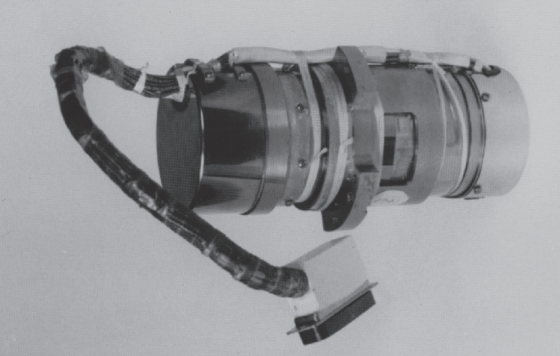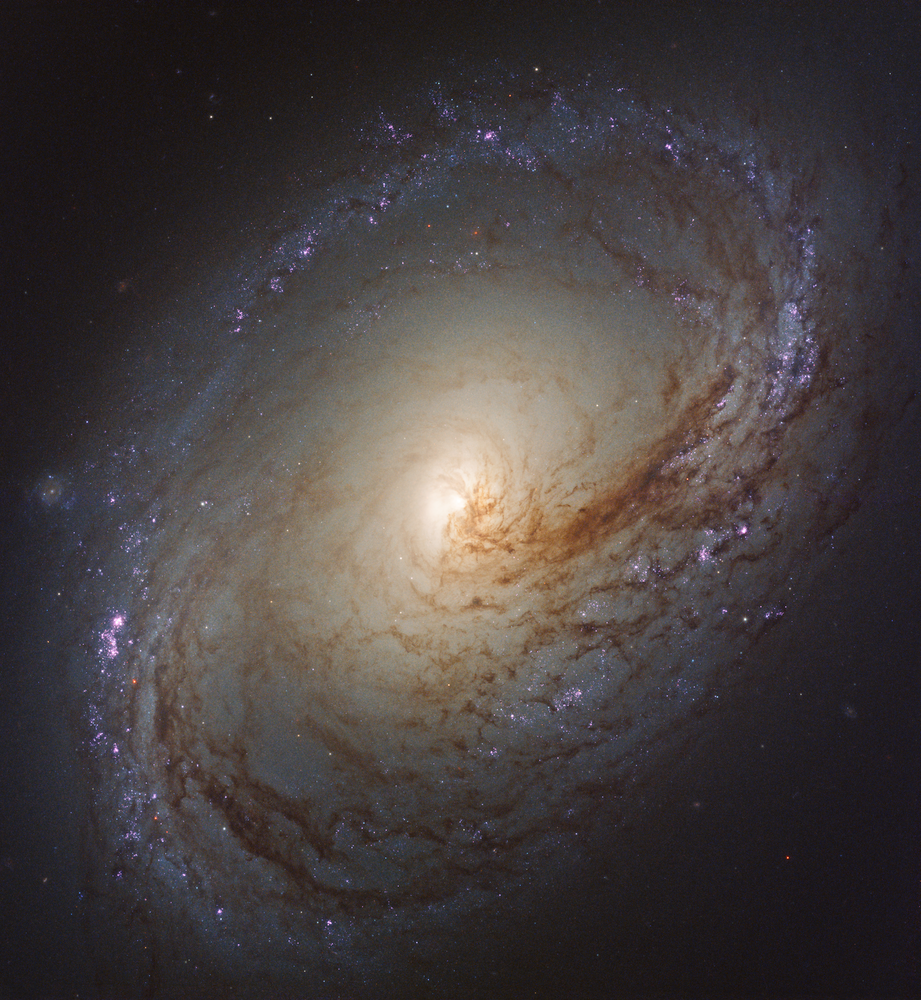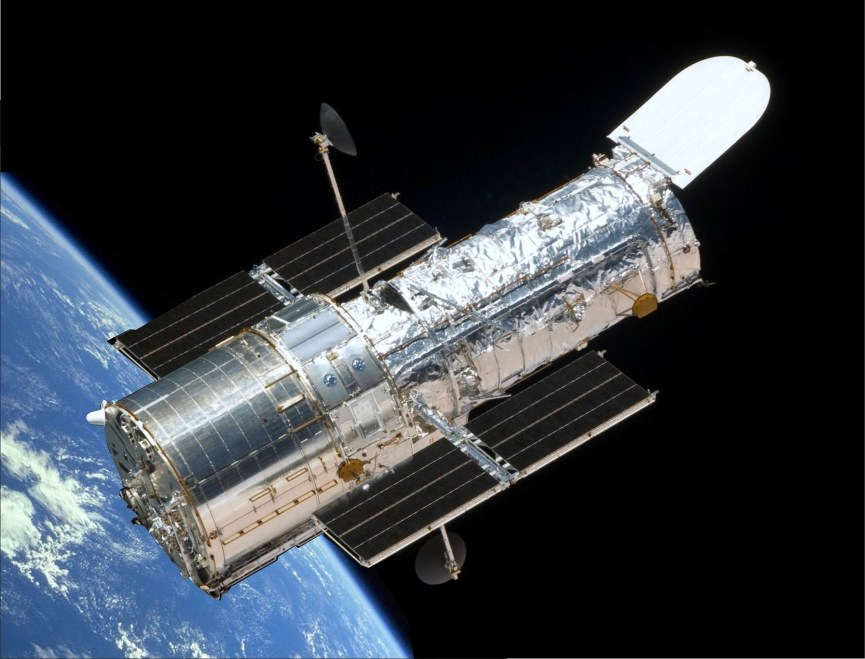One of the Hubble Space Telescope’s six gyroscopes failed on Saturday, leading to a “very stressful weekend” according to one of the scientists in charge of the Hubble mission.
“Right now Hubble Space Telescope is in safe mode while we figure out what to do,” Rachel Osten, the deputy mission director for the Hubble program said in a tweet. “Another gyro failed. First step is try to bring back the last gyro, which had been off, and is being problematic.”
Videos by VICE
Hubble Space Telescope uses its gyroscopes to maintain its orientation as it orbits over 300 miles above the Earth. Each gyroscope weighs about six pounds and is only six-inches long. Inside, a small, gas-powered wheel spins over 19,000 times per minute so that the satellite can calibrate its position along one of the three axes.

The gyroscopes are some of the most important instruments on the iconic orbital observatory because they allow it to focus on specific regions of the sky for long periods. This is how Hubble manages to capture its amazing portraits of the universe, which are only possible through long exposure times.
At the time of the mechanical failure, Hubble was operating with four of its six gyroscopes. According to the European Space Agency, “Hubble needs three of its six gyroscopes operating to ensure optimal efficiency.”
Read More: NASA is Stress-Testing Its Next Gigantic Kickass Space Telescope
According to Osten, mission operation staff at NASA’s Goddard Flight Center are currently working “24/7” to bring the third gyroscope back online, but even if they aren’t successful it wouldn’t spell the end of Hubble.
Hubble was designed so that it can operate using only a single gyroscope, but according to the ESA this limits the amount of sky that the telescope can view. Indeed, gyroscope failures were a planned part of the Hubble mission.

Launched in 1990, the Hubble Space Telescope began operating on only two gyroscopes in 2005 so that it could retain its other two functioning gyroscopes as backups. It continued operating with only two gyroscopes until 2009, when astronauts on the ISS performed a spacewalk to replace three of the six original gyroscopes.
The gyroscope that failed over the weekend was the last of the three remaining original gyros that was still working. According to Osten, the gyroscope failure this weekend was “not really scary.”
“We knew it was coming,” Osten tweeted. “The gyro lasted about six months longer than we thought it would (almost pulled the plug back in the spring).”
If the Hubble mission team is unable to bring the third gyroscope back online, Osten said the telescope will probably drop to only a single gyroscope.
“The plan has always been to drop to 1-gyro mode when two remain,” Osten said. “There isn’t much difference between 2 and 1, and it buys a lot of extra observing time which the astro community wants desperately.”
More
From VICE
-

CSA Images/Getty Images -

Illustration by Reesa -

Screenshot: GSC Game World -

Screenshot: Bethesda Softworks
